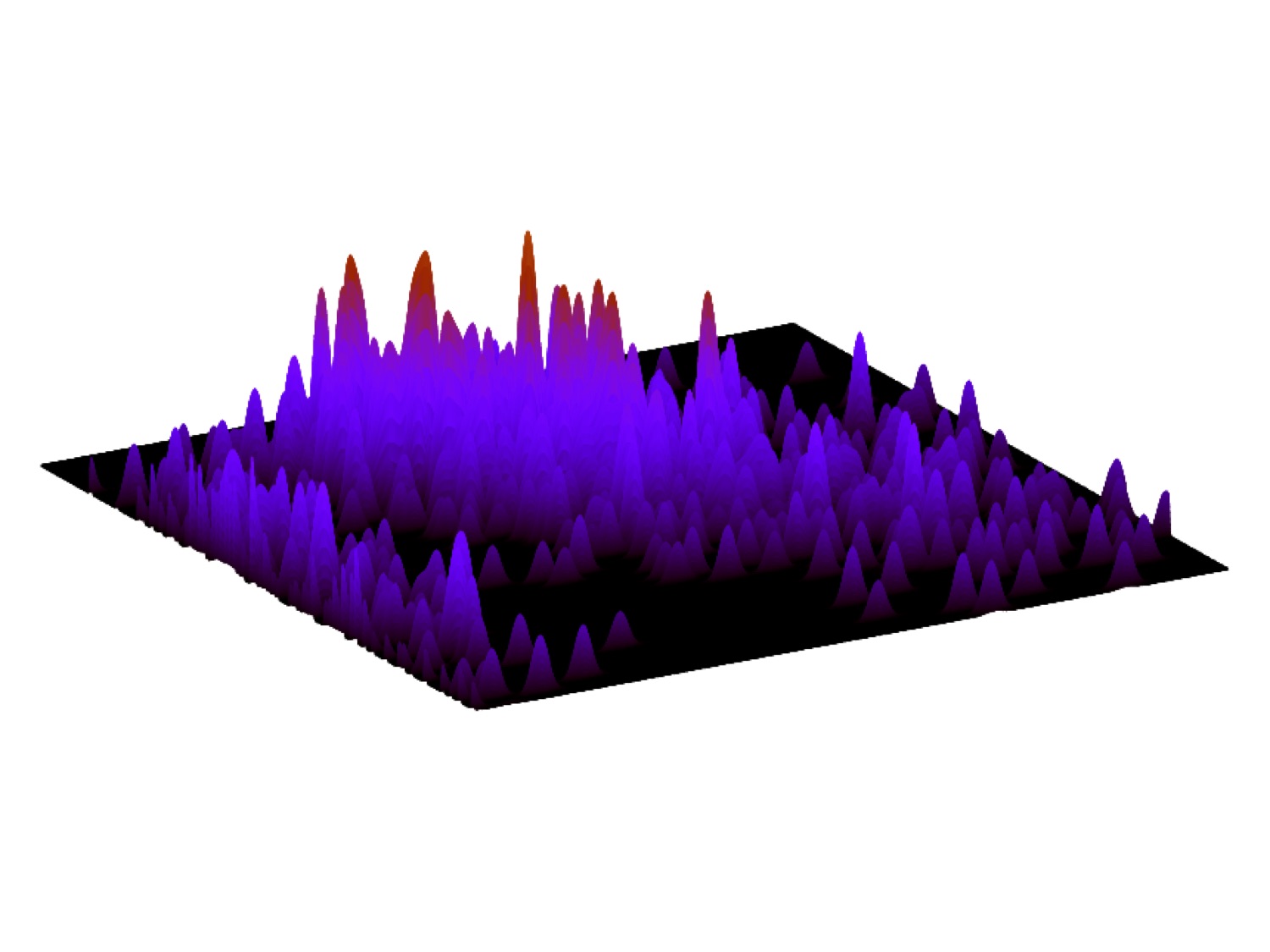2DHSM Method for Column Pair Selection

The 2DHSM method, based on the hydrophobic subtraction model (HSM), utilizes virtual two-dimensional chromatograms to aid the selection of column pairs for LC x LC approaches. To this extent, the performance for each of 319,225 column pairs is determined by evaluating 100 virtual chromatograms computed each for 1,000 diverse analytes using four different sets of chromatographic operating conditions (COCs).
A detailed description of the 2DHSM method can be found here:
- R.K. Lindsey, B.L. Eggimann, D.R. Stoll, P.W. Carr, M.R. Schure, and J.I. Siepmann,
-
Column Selection for Comprehensive Two-dimensional Liquid Chromatography using the Hydrophobic Subtraction Model
, - J. Chromatography A 1589, 47-55 (2019).
Background on the HSM can be found here: hplccolumns.org
The authors gratefully acknowledge the National Science Foundation (CHE-1152998) for financial support of the 2DHSM project and the Minnesota Supercomputing Institute for providing computer resources.
Column Selection
Click on a manufacturer name to populate the list of their columns available in the 2DHSM database. Click again to remove the available columns from that manufacturer. Click multiple manufacturers to see additional columns. Click to highlight column names and use the "Add 1D" and "Add 2D" buttons to add the selected columns to the pair list. Columns can be removed individually from the pair list by double-clicking on the name, or all at once by clicking "Clear Table." Once the list of pairs is complete, click "Submit" to show the simulation data.
Number of Column Pairs:
Column Pair Performance
Select different sets of chromatographic operating conditions to toggle through the available data and compare the performance of same column pairs under different conditions. For all four operating conditions, the total analysis time is set to 10,000 time units and the ratio of the retention time for ethylbenzene (the HSM reference analyte) and the dead time is set to 100. The COCs differ in the number of first dimension samples (\(n_{\rm sample}\)), the maximum retention factor (\(k^{\prime}_{\rm max}\)), and the peak width in the second dimension (\(\sigma_{2}\)). Each data set is available for download in CSV format.
| First Dimension | Second Dimension | Pair Data |
|||||||
|---|---|---|---|---|---|---|---|---|---|
| Column | Type | Column | Type | \(R_{\rm WED}\) | \(\langle R_{\rm IE} \rangle\) | \(\langle R_{\rm 2DHSM} \rangle \) | \(N_{\rm res}\) | \(N_{\rm elu}\) | \(10 S_{\rm IE}\) |
Please be advised that searches involving more than 50,000 column pairs are likely to result in server errors. In such cases, the full dataset is available in CSV format for each of the four chromatographic operating conditions: COC-A, COC-B, COC-C, COC-D.